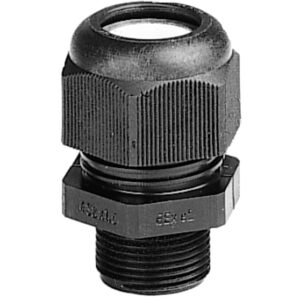Showing 1–16 of 20 results
Trace heating
Trace heating maintains or raises temperatures in pipes, tanks, and equipment across cold or controlled industrial environments. It’s used to prevent freezing, preserve process conditions, and ensure operational reliability. Industries such as oil and gas, chemical processing, and manufacturing rely on this method to keep critical systems running safely and efficiently. In hazardous zones, ATEX trace heating ensures compliance and safety where explosion risks exist.
What is trace heating?
Trace heating, also called heat tracing, uses special heating cables to transfer heat to pipes, tanks, or vessels. These cables run along surfaces and replace heat lost to the environment.
In cold climates, they prevent freezing in water or chemical lines. In processing plants, they maintain flow rates and protect sensitive materials from solidifying. Smart controllers and sensors regulate heat output to maintain set temperatures. In hazardous areas, only certified heating cables and components are allowed. These systems must meet ATEX and IECEx safety standards to avoid ignition risks.
Key applications
Engineers and facility managers use trace heating in several areas:
-
Pipe Freeze Protection: Keeps liquids flowing during winter or in cold regions.
-
Tank and Vessel Heating: Stabilizes temperature for chemicals, fuels, or sensitive liquids.
-
Process Temperature Maintenance: Preserves consistent flow and product quality.
-
Anti-Condensation Control: Stops moisture build-up on instrumentation and control panels.
ATEX trace heating is vital in hazardous sectors. It protects operations in chemical plants, offshore platforms, and flammable storage areas.
Benefits of ATEX trace heating systems
Choosing ATEX trace heating brings clear advantages:
-
Meets strict ATEX and IECEx regulations
-
Prevents freezing and system downtime
-
Delivers stable and precise temperature control
-
Adjusts heat output automatically with self-regulating cables
-
Requires minimal maintenance once installed
These benefits improve safety and performance, especially in critical industrial environments.
Main system components
A typical heat tracing system includes several parts:
-
Heating Cables: Self-regulating or constant wattage cables rated for hazardous or standard areas
-
Controllers and Thermostats: Regulate heat to maintain set temperatures
-
Sensors: Monitor real-time temperature data for accuracy
-
Connection Kits: Provide safe, secure cable terminations
-
Thermal Insulation: Reduces energy loss and improves efficiency
-
Mounting Hardware: Simplifies cable installation on various surfaces
Each component contributes to a reliable, long-lasting trace heating setup. Together, they ensure safety, efficiency, and compliance.
Explore our full range of trace heating products
We supply certified trace heating solutions for hazardous and non-hazardous areas. From heating cables to full control systems, our products help you maintain safe and efficient operations.
Browse our range today to find the right heat tracing solution for your facility.

